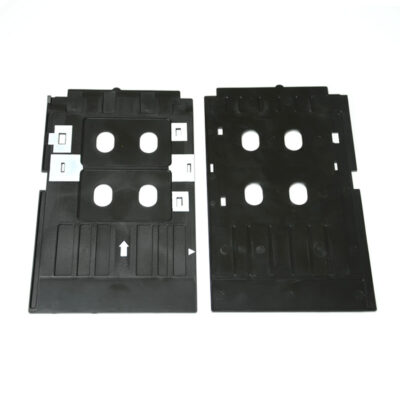Radio Frequency Identification (RFID) technology is increasingly used for asset tracking and management across various industries. In the RFID field, terms such as “inlay,” “tag,” and “hang tag” are often used interchangeably, but they refer to different components of an RFID system. Understanding the differences between these terms is crucial for selecting the right RFID solution to meet your needs.
RFID Inlay
RFID inlays are the fundamental components of RFID tags. They consist of a microchip and an antenna, typically embedded in a substrate material.
Characteristics:
Structure: RFID inlays are usually thin and flexible, lacking a protective casing. They are designed to be integrated into other products, such as labels or packaging.
Functionality: Inlays are primarily used for manufacturing RFID tags. They do not have additional features beyond basic identification.
Applications: Commonly found in retail, logistics, and inventory management, RFID inlays are often used in labels that are applied to products for tracking purposes.
RFID Tags
RFID tags are complete units that include an RFID inlay along with additional components, such as a protective casing or adhesive backing.
Characteristics:
Structure: RFID tags can vary significantly in size and shape, depending on their intended use. They are encapsulated in materials like plastic or paper to protect the inlay.
Functionality: Tags can be passive (powered by the reader’s signal), active (with a battery), or semi-passive (battery-assisted). They can store more data than inlays and may include features like sensors.
Applications: RFID tags are used in a wide range of applications, including asset tracking, supply chain management, and access control. They can be attached directly to items or embedded in products.
RFID Hang Tags
RFID hang tags are a specific type of RFID tag designed to be hung or attached to items, often using a string or plastic loop.
Characteristics:
Structure: Hang tags typically have a larger surface area than standard RFID tags, allowing for additional information to be printed on them, such as barcodes, product details, or branding.
Functionality: Like other RFID tags, hang tags can be passive, active, or semi-passive. They are designed for easy attachment and removal from products.
Applications: Commonly used in retail for clothing, accessories, and other items, RFID hang tags facilitate inventory management and theft prevention. They are also used for event tickets and promotional items.
While RFID inlays, tags and hang tags all serve the purpose of identification and tracking, they differ in structure, functionality and application. Understanding these differences is crucial for selecting the right RFID solution for specific needs, whether for inventory management, retail applications or other uses. Choosing the right RFID component can help businesses enhance their operational efficiency and improve asset management.






